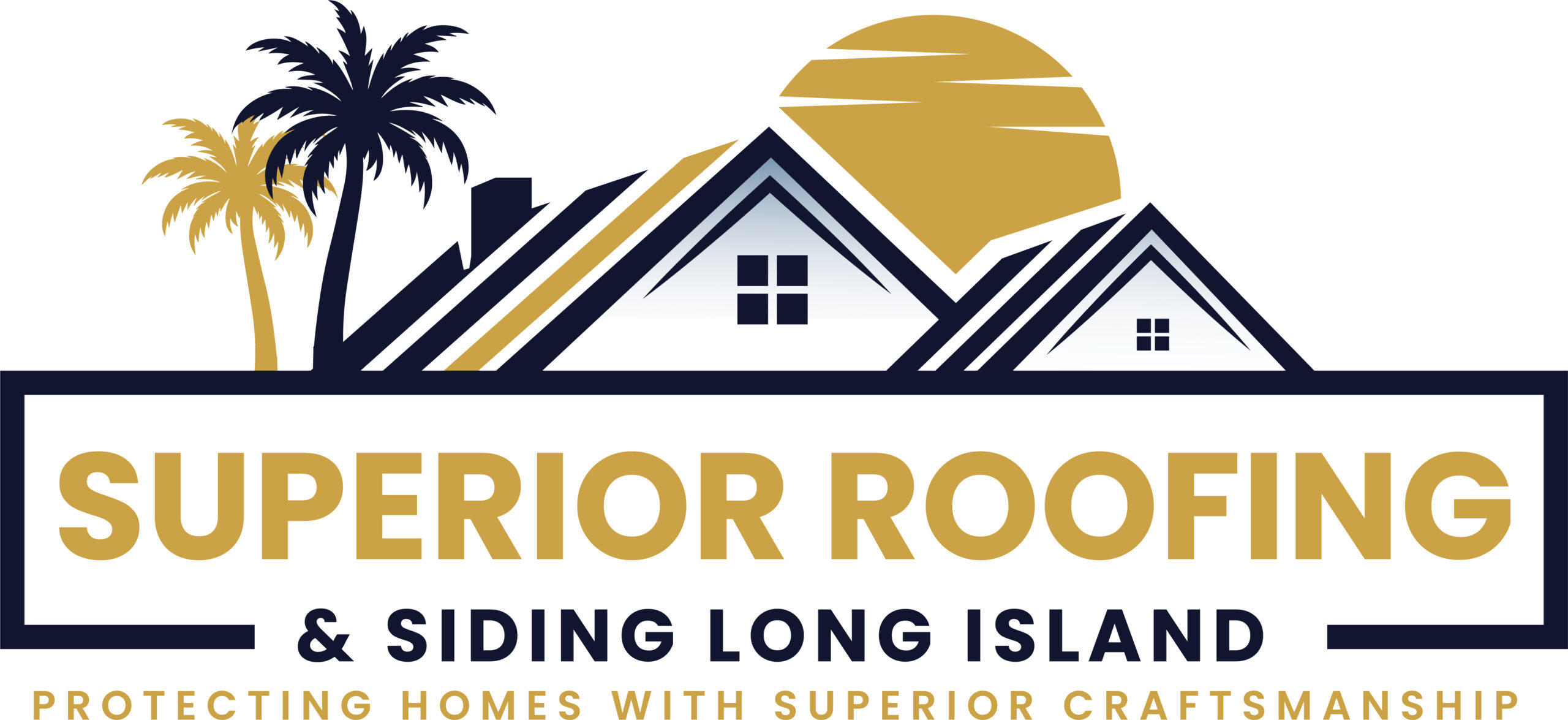Living on Long Island, you know that heavy rain is a common occurrence. When the skies open up, you might notice your roof starts to leak, leaving you puzzled and concerned. Understanding why this happens is key to finding a solution and protecting your property.
Roof leaks during heavy rain can be caused by several factors. Poor roof maintenance, damaged shingles, or clogged gutters might be the culprits. Sometimes, it’s the age of your roof that plays a significant role, as older roofs are more susceptible to leaks.
By identifying the root cause of the leak, you can take action to fix it and prevent future issues. This not only safeguards your home or business but also gives you peace of mind during those inevitable Long Island rainstorms.
Common Causes of Roof Leaks
Roof leaks during heavy rain can disrupt your peace on Long Island. Understanding the causes helps you address them effectively.
Damaged Shingles
Damaged shingles allow water to seep into your home. Cracked or missing shingles disrupt the protective barrier on your roof. High winds and severe weather often lead to shingle damage. Regular inspection keeps your roof intact.
Clogged Gutters
Clogged gutters lead to overflow and water damage. Leaves and debris block the drainage, causing water to spill over. This overflow can seep into the ceiling and walls. Clearing gutters ensures effective water flow away from the structure.
Poorly Sealed Valleys
Poorly sealed valleys become prime spots for leaks. Valleys are where two roof planes meet and direct water towards the gutters. If the sealant here cracks or wears out, water can penetrate. Proper sealing prevents leaks in these critical areas.
Worn Out Flashing
Worn out flashing enables water intrusion around roof joints. Flashing, typically made of metal, surrounds features like chimneys and vents. Over time, exposure to weather deteriorates the flashing. Replacing flashing maintains moisture-proof barriers on your roof.
How to Identify Roof Leaks
Spotting a roof leak before it gets worse saves you money and trouble. Unlocking the causes early helps prevent damage.
Visual Inspections
Inspect your roof from the ground using binoculars if possible. Look for cracked or missing shingles along with any dark spots or streaks. These signs might indicate water is seeping beneath the shingles. Examine roof valleys and flashing for signs of rust or hanging material that suggests wear. These are areas prone to leaks. Check your gutters for granules, showing your shingles are wearing down.
Preventative Measures to Avoid Leaks
Roof leaks during heavy rain cause concern for Long Island homeowners. Implementing preventative measures ensures your roof remains in good condition.
Regular Maintenance
Routine roof checks catch potential problems early. Inspect shingles for damage and replace them when necessary. Keep an eye on areas where water generally pools, especially roof valleys. Addressing minor issues quickly prevents bigger problems later.
Proper Drainage Systems
Proper drainage reduces the risk of leaks. Clean gutters regularly to prevent clogs and ensure water drains away efficiently. Install gutter guards to keep debris out, reducing the need for frequent cleaning. Check downspouts to ensure they’re directing water away from your foundation. This simple action helps maintain the roof’s integrity during heavy rain.
Repair Options for Leaky Roofs
Understanding how to fix a leaky roof ensures more secure homes during heavy rains. Explore effective strategies to tackle roof leaks, whether you’re considering a DIY approach or hiring a professional.
DIY Fixes
Repairing roof leaks yourself can save on costs and increase your home’s protection. Start by identifying the source of the leak. Check for damaged or missing shingles and use roofing cement to secure any loose or curled shingles. For small leaks in flashing or sealant, apply roof sealant or aluminum tape to cover the affected areas. Ensure gutters are clean to support proper rainwater drainage.
Hiring a Professional Roofer
When leaks are extensive or persistent, a professional roofer can provide needed expertise. Roofers conduct thorough inspections, identifying hard-to-see issues. They handle extensive repairs, replacing damaged shingles and fixing flashing. Hiring professionals often leads to longer-lasting solutions, ensuring peace of mind during Long Island’s rainy seasons.
Cost Implications of Roof Repairs
Roof repairs can be a significant expense, especially during heavy rains on Long Island. Understanding the factors affecting these costs helps you manage them more effectively.
Factors Affecting Repair Costs
Several variables determine roof repair costs. First, the extent of the damage plays a big role. Minor leaks might require simple patching, while extensive damage could mean replacing large sections of the roof. Second, the type of roofing material affects costs significantly. For instance, repairing asphalt shingles generally costs less than fixing slate or tile roofs. Third, labor costs vary based on the complexity of the repair and the roofing company’s rates in your area. Finally, the season can impact costs, as some contractors charge more during peak times.
Long-term Savings from Timely Repairs
Making timely repairs can lead to substantial long-term savings. Fixing small leaks promptly prevents them from becoming major issues, which often involve more costly repairs. Ensuring your roof is in good condition extends its lifespan and delays the need for a full replacement, which can save thousands. Regular maintenance and quick action on small repairs reduce the risk of significant water damage, protecting your home or commercial property.
Conclusion
Understanding why your roof leaks during heavy rain is crucial for maintaining your home’s integrity. By pinpointing potential causes like damaged shingles or clogged gutters, you can take proactive steps to address issues before they escalate. Regular maintenance and inspections are key in preventing leaks and ensuring your roof withstands Long Island’s rainy seasons. Whether opting for DIY repairs or hiring a professional, addressing leaks promptly can save you from costly repairs down the line. Stay vigilant and prioritize your roof’s health to enjoy a secure and leak-free home during heavy rainstorms.

